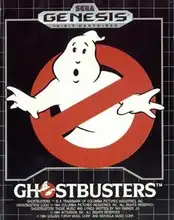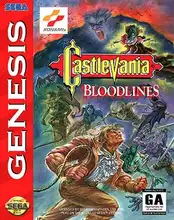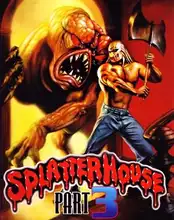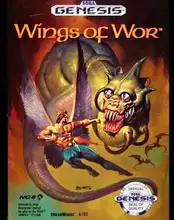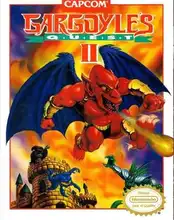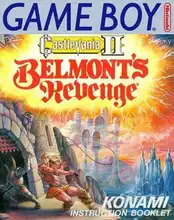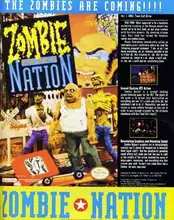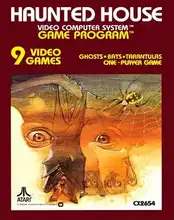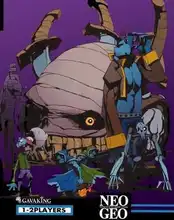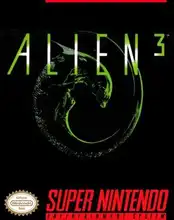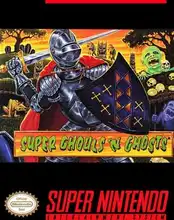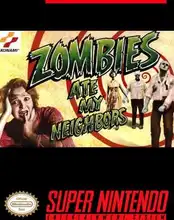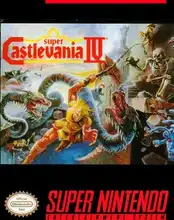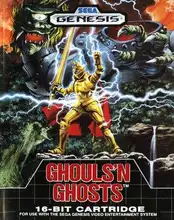The lights are off, the volume's cranked, and the only glow in the room comes from your monitor (or maybe a flickering CRT if you're feeling really old school). You're ready for some horror games. But not just any retro horror games – you're craving that specific flavor of fear only vintage titles can provide.
There's something uniquely unsettling about the horror experiences cooked up in the late 80s, 90s, and early 2000s. Was it the clunky tank controls that made every turn a gamble? The low-poly models that let your imagination fill in the truly gruesome details? Or maybe the screechy MIDI soundtracks that drilled into your skull? Whatever the secret sauce, retro horror games have a lingering dread that modern photorealistic titles sometimes struggle to replicate.
Why Does Old-School Horror Just Hit Different?
Modern horror games often rely on jump scares, high fidelity gore, and complex mechanics. Retro titles, by necessity, had to be more creative with their scares.
- Limitations Bred Fear: With fewer polygons and limited textures, developers had to use atmosphere, sound design, and clever camera angles to build tension. What you didn't see was often scarier than what you did.
- Sound Card Symphony of Screams: Before orchestral scores were standard, the unique sounds of AdLib, Sound Blaster, or early console sound chips created distinct, often distorted, audio landscapes that were perfect for unsettling players.
- The Power of the Pixel: Pixel art or low-resolution 3D models can be surprisingly effective at depicting the uncanny. The blocky, unnatural movements and faces could feel alien and disturbing in a way photorealism sometimes smooths over.
- Clunky Controls as a Feature: Tank controls, fixed camera angles, and deliberate movement speeds weren't just technical limitations; they forced players into vulnerable positions, making every encounter feel more dangerous and less like a fluid action sequence.
Pioneers of Pixelated Panic
Think back to the games that first made you wary of dark corridors and strange noises coming from your PC speakers or console.
- Alone in the Dark (1992): Often credited with pioneering the survival horror genre, its fixed camera angles and pre-rendered backgrounds set a standard. Trying to navigate those spooky mansions with early 3D characters was a tense affair.
- Resident Evil (1996): While not the first, it popularized survival horror immensely. Zombies groaning down hallways, limited ammo, and those infamous door-opening loading screens built incredible suspense on the original PlayStation.
- Silent Hill (1999): Taking a more psychological approach, Silent Hill on the PS1 used fog (to hide draw distance, yes, but effectively adding dread), disturbing sound design, and truly messed-up creature design to create a sense of pervasive unease and psychological horror.
- Point-and-Click Terrors: Don't forget the adventure games! Titles like Dark Seed or even the darker moments in games like Gabriel Knight used detailed (often disturbing) pixel art and challenging puzzles to create horror narratives.
The Modern Retro Revival: Fear Reimagined
Today, a new wave of developers are deliberately channeling the spirit of these classics, proving that the old ways of scaring players are far from dead. They're not just making pixel art or low-poly games; they're recreating the feel – the controls, the atmosphere, the specific type of tension.
Developers like Ignacio Maldonado (Maldo19), known for games like The Horror of Salazar House, are perfect examples. Inspired by everything from Resident Evil 4's story themes to the rotoscope animation of the Faith series, they're using modern tools like Unity or GameMaker Studio to build experiences that feel straight out of the late 90s.
This revival isn't just about nostalgia; it's about exploring the unique strengths of those older formats. The challenges of developing for a retro style, like needing editors for dialogue or navigating financial hurdles in emerging game industries, are real, but the passion for that specific vintage dread drives them. Working with publishers like PuppetCombo, who specialize in this niche, helps these modern retro horror games find their audience, often through streamers and YouTubers who appreciate the throwback scares.
Finding Your Vintage Frights Today
Want to revisit these nightmares or experience them for the first time? You've got options!
- Digital Storefronts: Services like GOG.com are treasure troves for classic PC horror, often pre-configured to run on modern systems.
- Emulation: For console classics or more obscure PC titles, emulators are key. DOSBox is essential for many old PC games.
- Archive.org: The Internet Archive has a vast collection of playable-in-browser vintage PC games, including some spooky ones.
- Modern Retro Games: Keep an eye out for developers like PuppetCombo, Maldo19, and others who are actively creating new games in old styles.
The Lingering Fear
Whether it's the low-rez zombies of Raccoon City, the fog-choked streets of Silent Hill, or the uncanny dread of a modern game built with PS1-era graphics, retro horror games hold a special place in the hearts of scare-seekers. They remind us that fear isn't always about graphical fidelity; sometimes, the most terrifying monsters are the ones our own minds conjure in the pixelated shadows.
FAQ
Q: What makes retro horror games different from modern ones? A: Retro horror often relies more on atmosphere, sound design, limited resources, and clunky controls to build tension, whereas modern games might focus more on graphics, action, or complex mechanics.
Q: Where can I play classic horror games today? A: You can find many classics on digital stores like GOG, use emulators like DOSBox for PC games, or explore archives like Archive.org. Many new games are also being made in retro horror styles.
Q: Are modern games made in retro horror styles worth playing? A: Absolutely! Developers are using modern tools to capture the specific feel and dread of older games, offering new stories and scares within that nostalgic framework.

